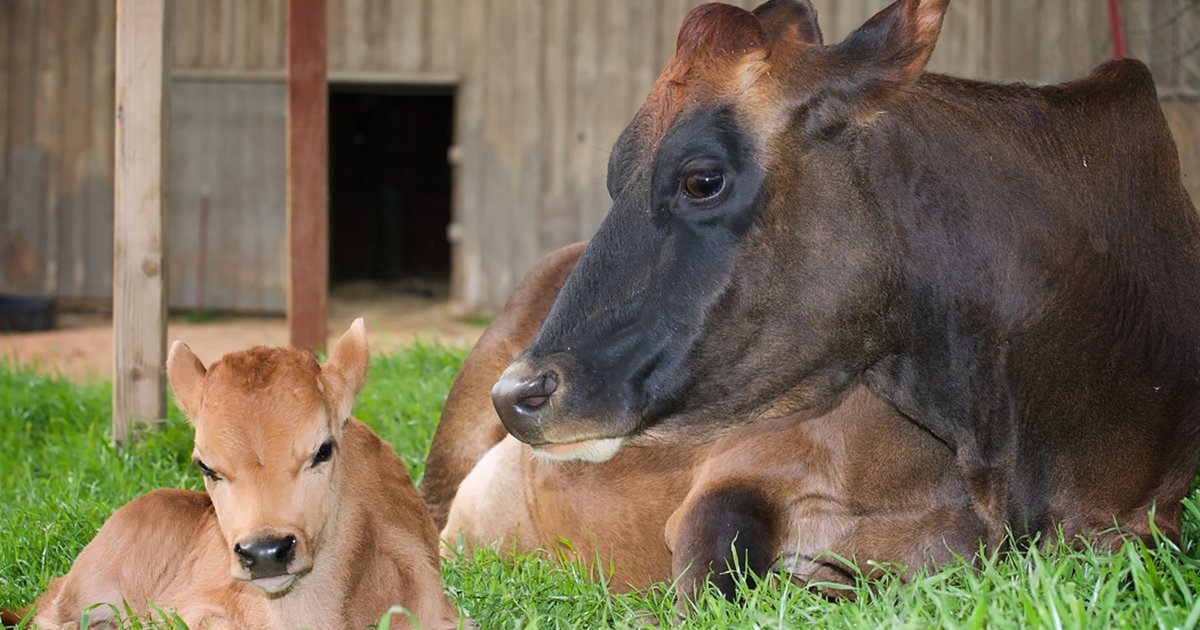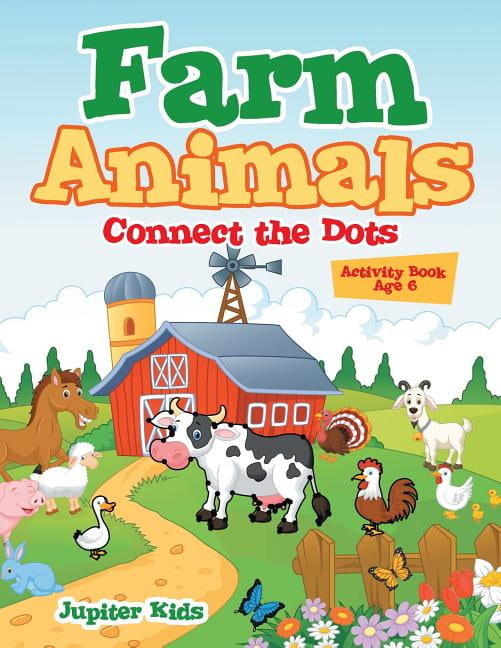

Welfare of Animals at Markets (Amendment) Order 1993.Welfare of Animals at Markets Order 1990 ( WAMO).The main legislation that governs animal welfare at shows and markets includes the: The maximum penalties you may face are any - or all - of the following:Īnimal welfare legislation and enforcement These apply whether the animal is at market, in transport or on the farm. There are strict penalties for cruelty to an animal or for failing to provide for its welfare. APHA officials, including official veterinarians.an animal welfare officer appointed by the market operator.If you have concerns about how animals are being treated at a market, show or other gathering, you should contact any of the following: The APHA and local authorities can remove animals from sale that are unfit and take further enforcement action, including the humane destruction of animals unfit for onward transport. It is the owner and market operator’s responsibility to ensure that no unfit animal is exposed for sale at market. The market operator is responsible for overseeing the welfare of animals sold at markets and ensuring that they are cared for and treated humanely. This guide explains the legislation that protects animals when at shows or markets, your duties to protect an animal from injury and suffering, and regulations regarding the penning, caging and treatment of young animals. The welfare of animals (Transport) (England) Order 2006 and The Welfare of Animals (Transport) (Wales) Order 2007 also applies where animals are transported to and from the market. This includes the Welfare of Animals at Markets Order 1990 (as amended 1993) and the Welfare of Horses at Markets (and Other Places of Sale) Order 1990. There is also specific legislation covering the welfare of animals at markets and shows. This basic duty of care applies in all situations, including while at market and shows. Animals must be protected from pain, suffering, injury and disease, and be housed according to their specific needs. Animals must have a suitable environment and diet, and be able to exhibit normal behaviour patterns. I think my son understood that, or at the very least, is going to enjoy telling his friends how animals help grow crops.The Animal Welfare Act (2006) specifies that owners and keepers - including persons with temporary responsibility such as market operators - have a duty of care to ensure animals are protected at all times. Throughout each stage of the food system, farm animals provide value to our lives-whether we eat them or not. That is, plant parts humans can’t digest or foods like baked goods or produce past its expiration date headed to the landfill. For example, a North American dairy cow’s ration contains up to 30% of byproduct feedstuff. What’s pretty cool is not only does each part of a farm animal serve a purpose, but during their time on the farm they also help reduce food waste. Many bandages that cover school boo-boos contain animal ingredientsīut I think his favorite thing we talked about was how animals can organically fertilize our favorite fruits and vegetables.Natural paint brushes bristles are from pig hair.Shaving cream-that key ingredient in slime kids love to make-also contains animal fat.Plywood adhesive that holds together play furniture is rendered from fat.

Some crayon brands are made with cow fat.

Instead, we talked about how even if his friend doesn’t eat those foods, animals still help make products we use every day-including many in his own classroom:

Plus, whatever his friend’s family does is simply their choice. In vegan diets, many of the nutrients and vitamins you get naturally from animal sourced foods need to be supplemented.Īs bright as my son is, I think I would have lost him on that one. Real meat, dairy and eggs play an important role in a child’s healthy development-both for their bodies and their curious brains. Some of his favorite pajama shirts are also starting to look like crop tops. I inquired as to why, but given my son is only three and a half, was provided little explanation.īut it made me think about how I’ve watched my kiddo’s jeans slowly rise above his ankles this year. During a car ride home from daycare, my toddler told me, “A friend at school doesn’t eat any foods that come from animals.”


 0 kommentar(er)
0 kommentar(er)
